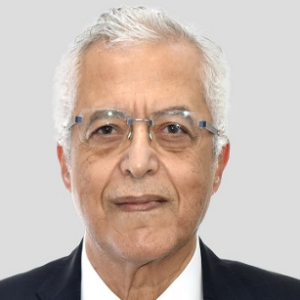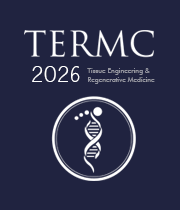Nanotechnology in Tissue Engineering
Tissue engineering is a rapidly growing scientific field that uses cell and/or cell combinations with biomaterials and/or biologically active molecules to create, repair, and/or replace cells, tissues, and organs. It aids in the production of materials that closely resemble the body's native tissue/tissues. Current medicines have been revolutionized as a result of tissue engineering, and the quality of life for millions of patients has improved. TE, although its many promises, has a number of limitations; translating these concepts into reality appears to be a difficult undertaking. One of the barriers is the inability of artificial materials to match the natural characteristics of tissues. This problem could be solved via nanotechnology and tailored nanoparticle engineering. This problem could be solved via nanotechnology and tailored nanoparticle engineering. Nanoparticles are distinguished by their nanoscale dimension, which allows them to develop important physical and chemical properties that improve their performance and hence make them useful in a variety of applications. Nanoparticles have just lately been employed in TE in order to increase mechanical and biological performance. Nanoparticles have an advantage in TE because of their small size and high surface-to-volume ratio, which is equivalent to peptides and small proteins. They are quickly absorbed by cells due to their ability to diffuse across membranes.

Nagy Habib
Imperial College London, United Kingdom
Lucie Bacakova
Institute of Physiology of the Czech Academy of Sciences, Czech Republic



Title : AI-integrated high-throughput tissue-chip for space-based biomanufacturing applications
Kunal Mitra, Florida Tech, United States
Title : Stem cell technologies to integrate biodesign related tissue engineering within the frame of cell based regenerative medicine: towards the preventive therapeutic and rehabilitative resources and benefits
Sergey Suchkov, N.D. Zelinskii Institute for Organic Chemistry of the Russian Academy of Sciences, Russian Federation
Title : In vitro evaluation of lyophilized Dedifferentiated Fat cells (DFAT) impregnated artificial dermis
Kazutaka Soejima, Nihon University, School of Medicine, Japan
Title :
Nagy Habib, Imperial College London, United Kingdom
Title :
Alexander Seifalian, Nanotechnology & Regenerative Medicine Commercialisation Centre, United Kingdom
Title : The regenerative medicine of the future
Marco Polettini, DVM, Italy